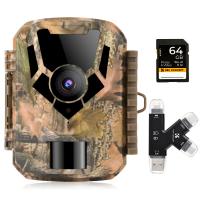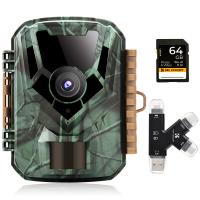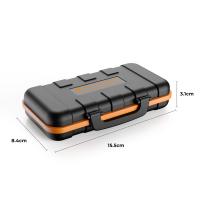How To Get Write Protection Off Sd Card?
In the digital age, Secure Digital (SD) cards have become an essential tool for storing and transferring data. However, one common issue that users often encounter is the write protection feature, which prevents any modifications or deletions of the data stored on the card. This can be particularly frustrating when you need to update files or free up space. In this article, we will explore various methods to remove write protection from an SD card, ensuring that you can manage your data effectively.
Understanding Write Protection

Write protection is a feature designed to prevent accidental deletion or modification of data on storage devices like SD cards. This can be particularly useful for safeguarding important files, but it can also be a hindrance when you need to make changes. Write protection can be enabled through physical switches on the SD card or through software settings.
Physical Write Protection Switch

Many SD cards come with a physical switch on the side that can enable or disable write protection. This is the first thing you should check if you encounter write protection issues.
1. Locate the Switch: On the side of the SD card, you will find a small switch. This switch can be toggled up or down.
2. Toggle the Switch: If the switch is in the "Lock" position, slide it to the "Unlock" position. This should disable the write protection.
3. Test the Card: Insert the SD card back into your device and try to modify or delete a file to ensure that the write protection has been removed.
Software Write Protection

If the physical switch is not the issue, the write protection might be enabled through software settings. Here are some methods to disable it:
Method 1: Using Diskpart on Windows

Diskpart is a command-line utility in Windows that can manage disk partitions and volumes. It can also be used to remove write protection from an SD card.
1. Open Command Prompt: Press `Win + R`, type `cmd`, and press Enter.
2. Launch Diskpart: In the Command Prompt window, type `diskpart` and press Enter.
3. List Disks: Type `list disk` and press Enter. This will display all the disks connected to your computer.
4. Select Disk: Identify your SD card from the list and type `select disk X`, replacing `X` with the number corresponding to your SD card.
5. Attributes Disk: Type `attributes disk clear readonly` and press Enter. This command will remove the write protection.
6. Exit Diskpart: Type `exit` and press Enter to close the Diskpart utility.
Method 2: Using Registry Editor on Windows
The Windows Registry Editor can also be used to disable write protection.
1. Open Registry Editor: Press `Win + R`, type `regedit`, and press Enter.
2. Navigate to StorageDevicePolicies: Go to `HKEY_LOCAL_MACHINE\SYSTEM\CurrentControlSet\Control\StorageDevicePolicies`.
3. Modify WriteProtect Value: Double-click on the `WriteProtect` entry and set its value to `0`.
4. Restart Your Computer: Restart your computer to apply the changes.
Formatting the SD Card
If the above methods do not work, formatting the SD card might be the last resort. Note that formatting will erase all data on the card, so make sure to back up any important files before proceeding.
Method 1: Using Windows File Explorer
1. Insert the SD Card: Insert the SD card into your computer.
2. Open File Explorer: Press `Win + E` to open File Explorer.
3. Locate the SD Card: Find your SD card under "This PC" or "My Computer".
4. Format the Card: Right-click on the SD card and select "Format". Choose the file system (usually FAT32 or exFAT) and click "Start".
Method 2: Using Disk Management
1. Open Disk Management: Press `Win + X` and select "Disk Management".
2. Locate the SD Card: Find your SD card in the list of drives.
3. Format the Card: Right-click on the SD card and select "Format". Choose the file system and click "OK".
Using Third-Party Software
There are several third-party software tools available that can help remove write protection from an SD card. Some popular options include:
1. SD Formatter: Developed by the SD Association, this tool is specifically designed for formatting SD cards.
2. EaseUS Partition Master: A comprehensive disk management tool that can also remove write protection.
3. MiniTool Partition Wizard: Another powerful tool for managing disk partitions and removing write protection.
Preventing Write Protection Issues
To avoid encountering write protection issues in the future, consider the following tips:
1. Handle with Care: Always handle your SD card with care to avoid damaging the physical switch.
2. Regular Backups: Regularly back up your data to prevent data loss in case you need to format the card.
3. Use Reliable Devices: Use reliable card readers and devices to minimize the risk of software-related write protection.
Write protection on an SD card can be a useful feature for safeguarding data, but it can also be a significant obstacle when you need to modify or delete files. By understanding the various methods to disable write protection, you can ensure that your SD card remains a flexible and useful tool for your data storage needs. Whether it's toggling a physical switch, using command-line utilities, or resorting to third-party software, there are multiple ways to regain control over your SD card. Always remember to handle your SD card with care and regularly back up your data to avoid any potential issues.












There are no comments for this blog.